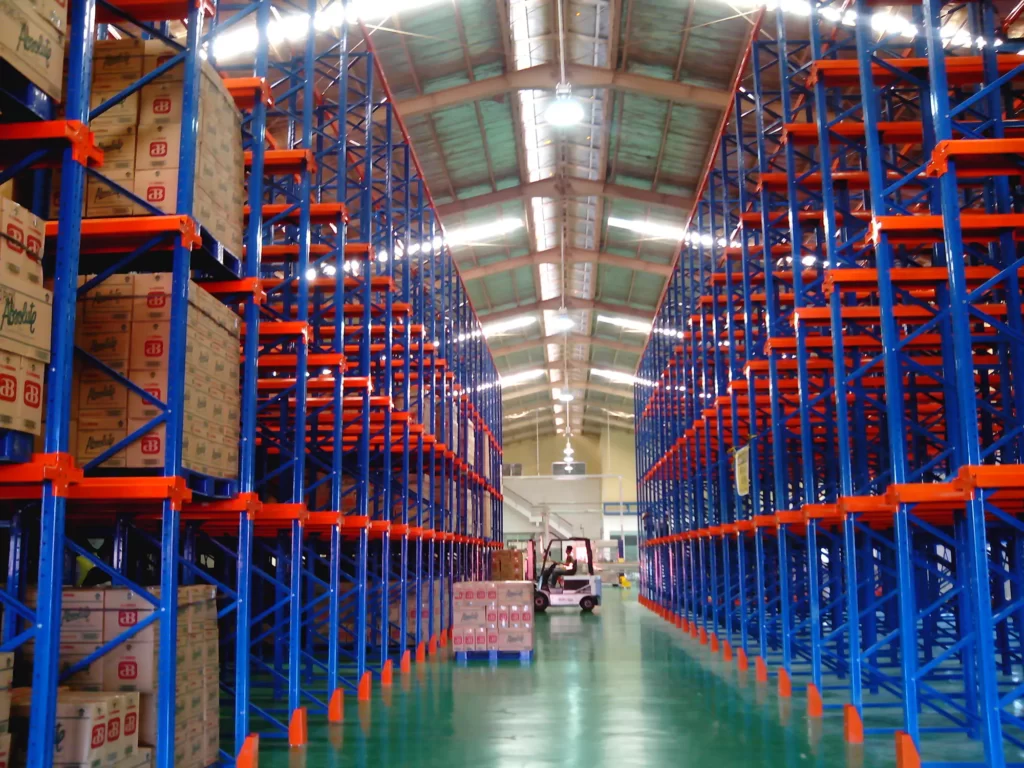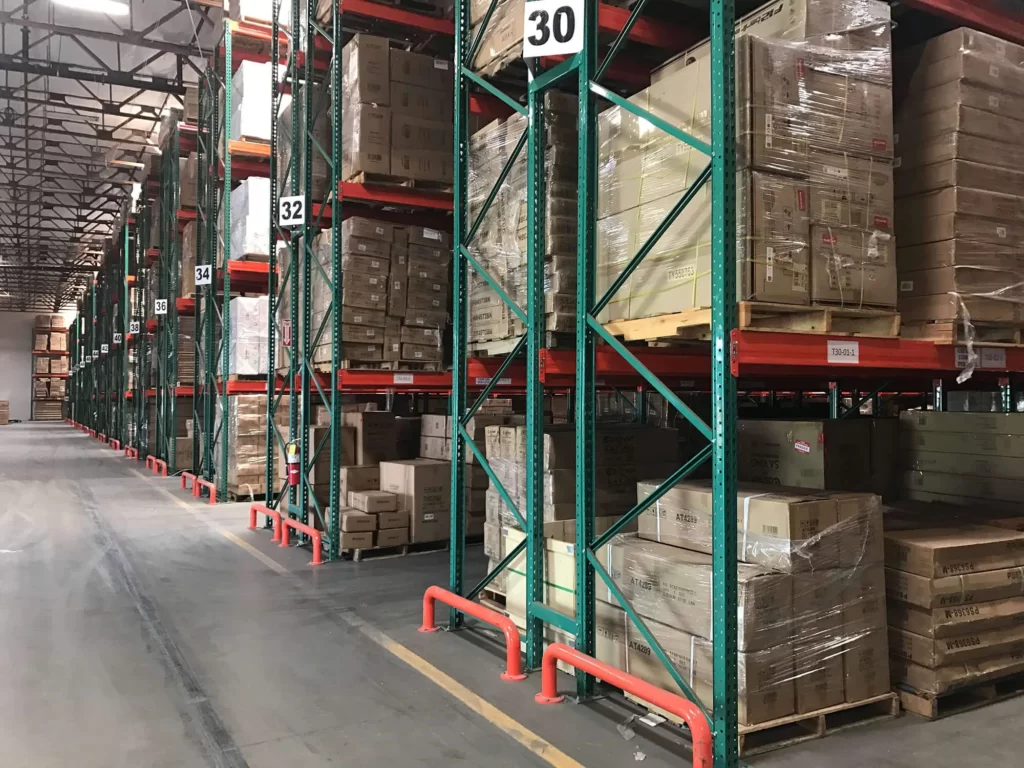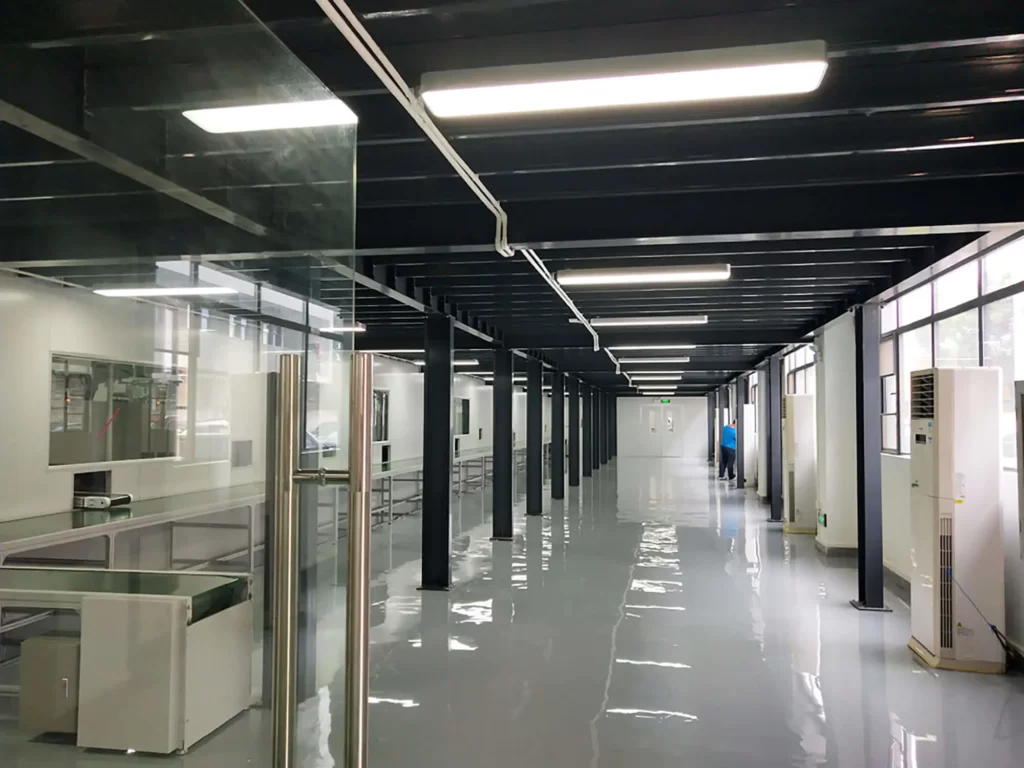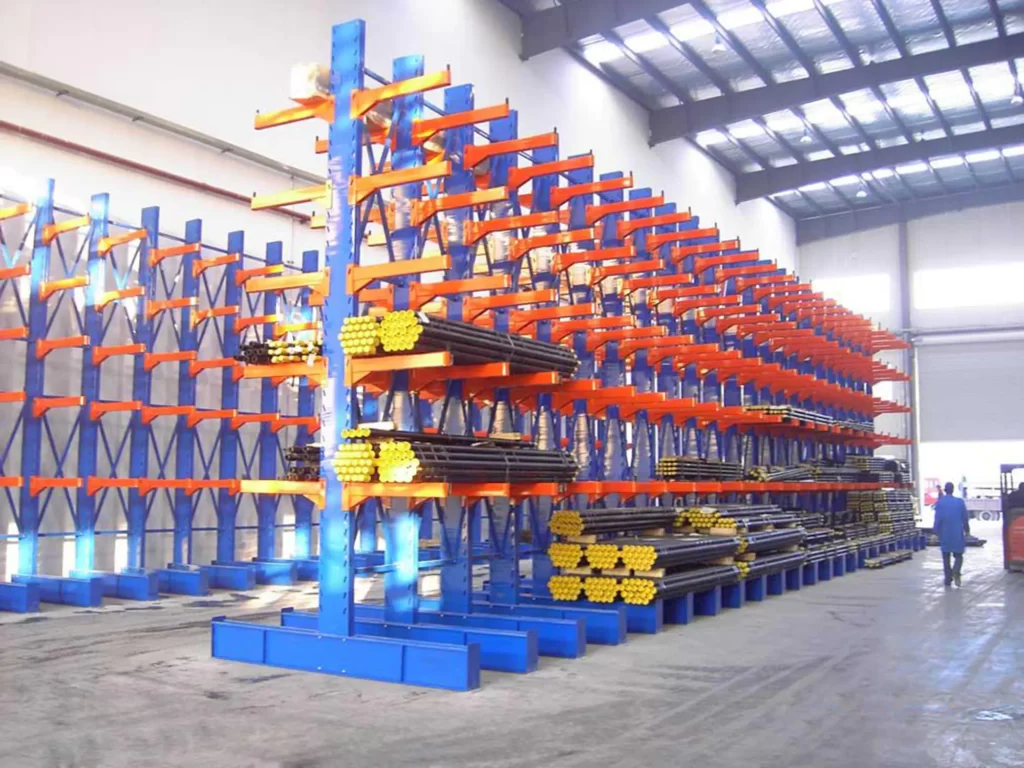Uncontrolled inventory affects businesses by creating product shortages, excessive item storage, and workflow breakdown. Poor inventory control increases production delays and supply chain problems which add to higher costs. Inadequate stock tracking creates confusion and results in money being lost.
You need advanced warehouse inventory technology to track your products accurately and work more productively. This guide shows you how to handle warehouse inventory using established management strategies and smart technology solutions. Follow these steps to improve your operations and minimize resource usage while achieving greater output.
The Fundamentals of Inventory Management in Warehouses
You can meet customer requirements within your budget through proper warehouse inventory control. This system handles storage activities in warehouses separately from inventory updates between multiple locations. The system optimizes warehouse performance by decreasing stockouts and reducing unneeded inventory to help supply chains work more effectively. When teams properly track inventory they can identify missing items promptly to serve customers better. By setting strict inventory controls your warehouse delivers better results while saving on storage costs and meeting market delivery deadlines.
Essential Processes in Warehouse Inventory Handling
Receive and Verify Goods
You need to inspect incoming shipments to verify that the documentation matches what arrived. Look for defects and color issues before adding new products to inventory. Fast inventory updates help prevent mistakes while maintaining accurate stock information.
Organize and Store Inventory
Proper storage techniques enhance the overall function of your warehouse. Set shelves upright and use clear bins to help workers find items faster. Place essential fast-selling products close to dispatch area so your team can send them out quickly with basic handling.
Manage Orders from A to Z
You run order processing through all stages from receiving the initial request to providing the finished item to customers. Warehouse Management Systems ensure accurate orders by monitoring available stock levels and moving items automatically. Strong leadership ensures shipments depart without waiting or mistakes.
Pick, Pack, and Prepare for Shipment
Choose picking methods like batch, zone or wave to make your workplace more efficient. Our barcode scanners and tool automation ensure we do our tasks without errors. Secure your items with proper packing supplies to shield them from damage. Place easy-to-read shipping labels that help teams find and monitor package movement.
Comprehensive Coordination
Plan shipping schedules to deliver products on time. Transportation operations operate better when you use shipping documents effectively. Choosing trustworthy transport companies helps you save costs while ensuring better delivery results.
Handle Unsold/Returned Goods
A planned return system allows you to properly handle damaged or excess merchandise. Inspect returned goods for resellability. Document defective items and discard them correctly to maintain efficient warehouse operations.
Strategic Techniques for Managing Warehouse Inventory
Categorizing Stock with ABC Analysis
Your product inventory management will improve when you use ABC analysis to group products based on market value and usage. Your top-quality products (Category A) need special handling with secure storage and regular restocking. Regular monitoring applies to Category B items but Category C products require minimal control. Managing Category A goods effectively improves warehouse operations while saving on storage costs.
Continuous Inventory Monitoring with Perpetual Systems
Perpetual inventory shows you current available stock as it happens. Advanced tracking systems using barcodes and RFID monitor inventory effectively to stop errors caused by human mistakes. Real-time stock updates let you maintain accurate inventory records and send customer orders promptly.
Improve Your Stock Purchase Procedures by Using EOQ
The EOQ model recommends how much to order in each shipment to cut inventory costs. EOQ shows you how much you must order to balance product stock levels correctly and avoid wasted inventory. The formula is:
EOQ = √((2DS/(H))
where:
D = Annual demand (units)
S = Cost per order
H = Holding cost per unit per year
The EOQ model improves your inventory management and protects your warehouse space and money.
Limiting Safety Stock Helps Prevent Product Shortages
Your safety stock acts as a protection shield to handle typical delivery variances and service problems so your products remain available. Examine your product usage trends and delivery reports to choose a suitable backup inventory amount. A standard approach ensures proper management of safety stock.
Safety Stock = (Max Daily Usage × Max Lead Time) – (Avg Daily Usage × Avg Lead Time)
Safety stock helps us maintain regular delivery times for our customers.
Batch Control and Tracking for Quality Assurance
The batch tracking system provides one unique product ID to monitor production dates and expiration periods for groups of goods. Businesses in these demanding sectors require a complete quality control system to comply with safety protocols. Good batch tracking systems speed up product detection during recalls and reduce supply issues while meeting industry requirements.
Adopting Just-in-Time (JIT) Inventory Systems
JIT inventory saves businesses money by placing orders as supplies run low. Fewer products in stock let our system perform better. However, JIT relies on reliable suppliers and accurate demand forecasting. Keep multiple supply partners active to ensure consistent delivery during market shifts.
FIFO and LIFO: Selecting the Right Method
When businesses follow FIFO stock management they must use older products before newer ones to keep items fresh and usable. Organizations that work with perishable goods and manage stock movement frequently select this method.
The LIFO method uses new stock purchases first to reduce taxes by increasing the cost of goods sold. Companies that sell non-perishable products and work in sectors sensitive to inflation can benefit most from this method.
Utilizing Dropshipping to Reduce Warehouse Costs
Dropshipping helps you save warehouse space because suppliers send orders directly to your customers. Our dropshipping model helps us operate with smaller warehouses which reduces costs and lets us expand our business with less product stock risk. Choosing quality-focused dropshippers who send goods on time makes your business successful.
These strategies help you control warehouse inventory better and run operations more efficiently while saving money.
5. Applying Lean Techniques to Warehousing Operations
Lean warehouse practices enable organizations to excel through better process efficiency and cost reduction. Changing what you don’t need in warehouse work helps you keep things simpler and boost results. The 5S System serves as a practical method for lean operations.
• Sort: Organize your space with better storage options when you remove unnecessary items.
• Set in Order: Arrange storage areas using consistent patterns to help staff find materials quickly.
• Shine: Clean your warehouse area daily to spot issues before they cause problems and keep your employees safe.
• Standardize: Adhere to proven ways of working at each stage to create consistent procedures that work well.
• Sustain: Update our workflow and maintain strict performance protocols to reach ongoing success.
By applying lean techniques you establish an ongoing system to improve warehouse operations.
6. Using Advanced Warehouse Management Systems
Organizations use Warehouse Management Systems to improve warehouse performance while ensuring greater accuracy in their operations. This system lets you view stock levels and optimize product placement while handling order preparation tasks.
A WMS provides precise inventory information by updating stock levels immediately to prevent mistakes. The system improves storage placement choices and optimizes space usage. Our system speeds up and improves order processing by taking over warehouse tasks automatically.
Pick a WMS system with real-time tracking tools and easy navigation to let you connect it with your existing business platforms for improved warehouse operations.
Leveraging Cutting-Edge Warehouse Technologies
Automated Storage and Retrieval Systems (AS/RS)
Automation systems help us save space through fewer worker interactions. Our system manages items better and optimizes space usage. The AS/RS system enables faster warehouse operations by helping staff reach products faster and spend less time handling them.
Autonomous Mobile Robots (AMRs)
AMRs help warehouses run better by moving products through different storage areas without human assistance. The robots connect straight to our Warehouse Management System to run a smooth operation that keeps downtime to a minimum.
Barcode and RFID Systems for Real-Time Tracking
RFID and barcode technology delivers accurate stock data through immediate product tracking. RFID technology gives you precise data about your inventory location and quantity to run your processes better.
Using Predictive Analytics and AI
Predictive analytics and artificial intelligence help us understand future inventory demand to manage supply more effectively. Your AI technology provides essential warehouse performance suggestions based on real numbers.
8. Best Practices for Streamlined Warehouse Inventory Control
Automating Manual Tasks to Reduce Errors
Automated systems keep inventory records free from human error during regular work. When you automate processes you improve operational speed and shield your operations from human mistakes. Barcode scanners and RFID technology track your stock more effectively by reporting live inventory information.
Conducting Regular Cycle Counts for Accuracy
You can keep stock records accurate through consistent cycle counts of your inventory. You need to select and measure specific stock items to verify levels at regular intervals instead of checking every item. This technique lets you detect issues quickly which keeps your inventory data reliable. Group your inventory by turnover rates and pick a cycle count plan to match your business processes.
Optimizing Your Warehouse Layout
A strategic warehouse plan combines effective space usage with faster productivity. Design your warehouse spaces so customers can reach their most popular items first. Position your products vertically on shelves and storage units to make best use of available space. Better storage capacity lets us take products from one location to another more efficiently.
Building Strong Supplier Relationships
You achieve better business results through strong partnerships with suppliers. Developing good relations with suppliers allows you to obtain merchandise sooner and prevents stockout problems. Vendor-managed inventory suppliers handle your supply levels to deliver products at the right time without excessive inventory buildup.
Enhancing Demand Forecasting
To make precise forecasts of business demand you must track existing patterns plus analyze market expectations. Your ability to forecast future demand improves through the analysis of existing data. You must modify your stock levels based on seasonal movements and market trends to achieve proper inventory numbers.
Preventing Overstocking and Dead Stock
Watch how your products perform in sales before changing what you buy. Examining your stock regularly lets you avoid keeping slow-moving items that do not sell. You can lower your stock holding costs by selling slow-moving products during special discount promotions.
Successfully Handling Warehouse Inventory Challenges
Implement advanced tracking methods to manage warehouse supplies better. Collaborate with suppliers to anticipate possible supply chain issues and develop solutions. Invest in security storage systems and asset monitoring tools to protect your products from theft and errors. Regularly scan your stored products for accuracy. Running your warehouse better involves both inventory tracking and action plans to prevent issues from causing stock accuracy problems.
Conclusion
Warehouse inventory management helps businesses run efficiently and save costs to support their supply chain performance. ABC analysis paired with real-time tracking systems and automation improves warehouse precision and works better for day-to-day operations. Businesses improve their supply chain control through regular updates plus AI technology and warehouse management solutions. By implementing these systems companies prevent stock errors and optimize cycle times while lowering costs of wasted materials. Companies build stronger market positions when they maintain control of their warehouse inventories.








